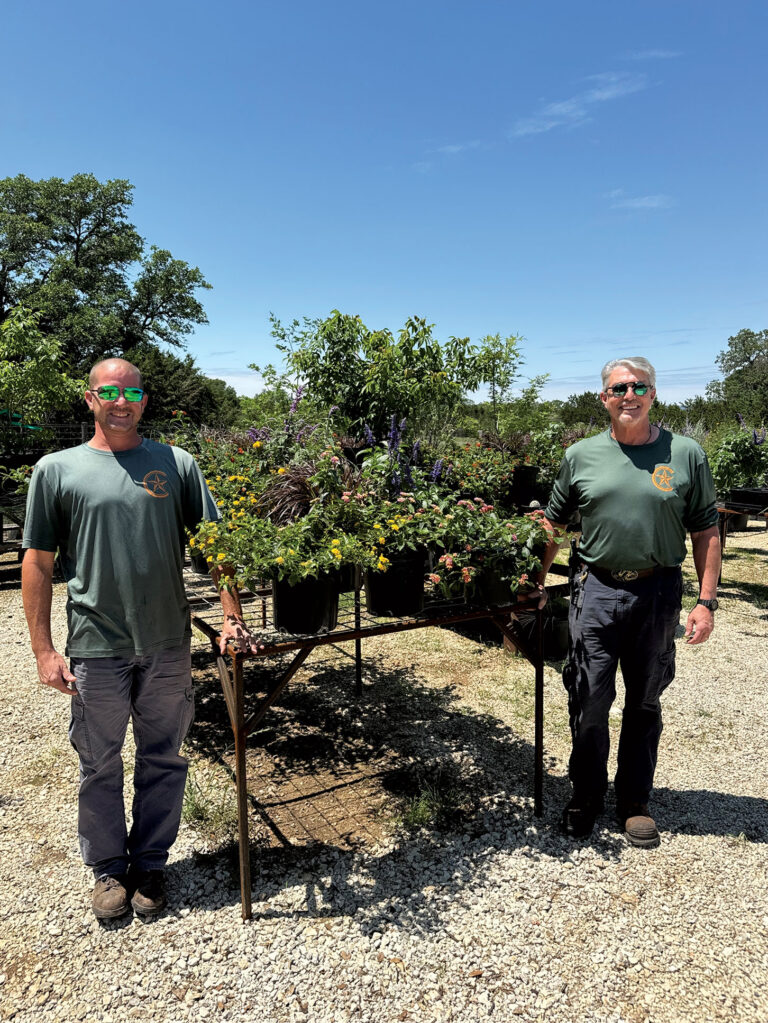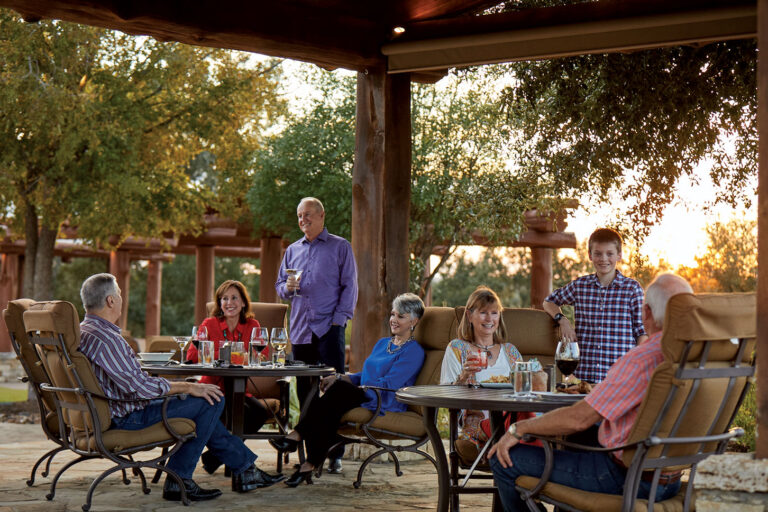By:
Shane Reynolds, Outdoor Recreation Director and Outfitter
During the summer of 2024, we are organizing two backcountry fishing trips that both offer a once-in-a-lifetime experience. The first trip is to the Sierra Nevada of California to fish for golden, brown and rainbow trout. The second is a trip to the high Rocky Mountains in Colorado where we’ll fish for brown trout and rainbow trout in the alpine streams.
Backpacking the High Sierra
June 24-29, 2024
The Sierra Nevada Mountain Range, also known as the Range of Light by naturalist John Muir, runs north to south for 400 miles and 70 miles east to west. There are three National Parks within its boundaries, Yosemite in the north and Sequoia and Kings Canyon in the south. The Sierra is also home to Lake Tahoe, the largest alpine lake in North America, as well as twenty National Wilderness Areas and two National Monuments.
One of the special things about working at Cordillera Ranch is getting to travel with our Club members and introduce them to some of the great outdoor recreation opportunities in this wonderful country of ours. When a few members asked me about doing something special this summer, I spoke to them about visiting the high country of the Sierra Nevada.
For the avid fly fisherman, a trip into the high country is not generally what comes to mind. But I can assure anyone who ever questions whether it’s worth the work to get there, the answer is absolutely yes! It’s not an easy task by any means. For us Texans who live at or near sea level, a trip to the high country means preparing one’s self for both a mental and physically demanding trip.
Our destination is Cottonwood Lakes Basin. Cottonwood Lakes, located at the southern tip of the John Muir Wilderness, are home to California’s state fish, the golden trout. Cottonwood Lakes Basin has many pristine lakes and creeks located between Mount Langley and Cirque Peak. Other lakes in the area that we may choose to fish are Muir Lake, South Fork Lakes, Cirque, Long and High Lakes. From our basecamp in the Cottonwood Lakes Basin, we’ll explore the rugged alpine setting in search of trout with fly rods in hand. The primary trout found in these waters are the California golden trout and native brook trout. Occasionally we’ll hook a brown trout and there are a few types of hybrids. One of my favorite fly fishing quotes is from Yvon Chouinard, founder of Patagonia, and he states, “It’s not about catching the fish; it’s about the fish catching you.” This trip is sure to be a lasting memory for all who venture into the Sierra Nevada with us!

Fly Fishing Colorado’s Backcountry
July 15-20, 2024
Colorado’s 2,000 high lakes are the remnants of our last glacial episode that ended about 12,000 years ago. These lakes are located primarily along the crest of the Continental Divide, in the Flat Tops of northwest Colorado and in the Sangre de Cristo Range of southern Colorado. Elevations at most lakes are between 9,000 and 12,500 feet. Ninety percent are less than 20 acres in size, and three-quarters are less than 30 feet deep, making them easily fishable with a fly rod. Most can be fished from shore for at least part of the open water season.
Anglers will be pleased to know that fishing high lakes has many similarities to fishing lower elevation streams and rivers. However, there are also many differences. Fish respond to weather, water conditions and insect life similarly in both types of water. In rivers and streams, the water is moving and the fish are primarily stationary, holding in feeding lanes. However, in lakes, the water is stationary and the fish are constantly moving. Understanding the movement of trout is the key to successfully fishing high-mountain lakes. Trout in high lakes move in response to water temperature, insect hatches, light intensity and cover.
Summer brings insect activity to the high lakes and the opportunity to match the hatch. Along with temperature and insect hatches, trout in high lakes move in response to light intensity and cover. Trout move into the shallows when light is low at dawn or dusk. On cloudy days, trout are often more active and move closer to shore. However, on bright sunny days, trout often move into the deeper water to filter the bright light. Trout also move to shore under the temporary cover of a lake surface that is rippled by a stiff breeze. The broken surface diffracts light and makes trout less wary.
As our group prepares for this summer adventure, there are several things we will do to ensure all are prepared and have the right expectations on what to look forward to. The logistics for this trip includes a flight from San Antonio to Denver. Once in Denver, we’ll load our gear into a rental van and head west into the Rockies, making three stops along the way. One stop is for groceries, which will include backpacking gourmet meals made from fresh ingredients. As a backcountry guide for the past 30 years, I have learned that there are fewer things more enjoyable than a great meal at the end of a long day in the mountains.
For more information on both of these trips, see the Club Calendar on the Club website.
Shane Reynolds is the Outdoor Recreation Director & Outfitter at The Clubs of Cordillera Ranch. He can be reached at outfitter@cordilleraranch.com and 210.616.6051, or at the Cordillera Ranch Outfitter Center at 830.336.4823.






